Mazar stands out as a diverse city, primarily populated by Uzbeks, Tajiks, and Turkmens, whose ancestors hail from various regions of Central Asia. A shop owner said that his grandfather chose Afghanistan for economic reasons rather than Turkmenistan.
My shared taxi stopped at Martyr Masood Square, across from the Blue Mosque. The city’s vibrant atmosphere exudes positivity and security. However, one has to wonder if this is merely a facade. Outside the Blue Mosque fences, street vendors displayed clothing, daily essentials, herbs, and electronics, on the ground or carts, capturing the hustle and bustle of everyday life. Women must wear niqabs entering government buildings. Posters are outside of buildings.
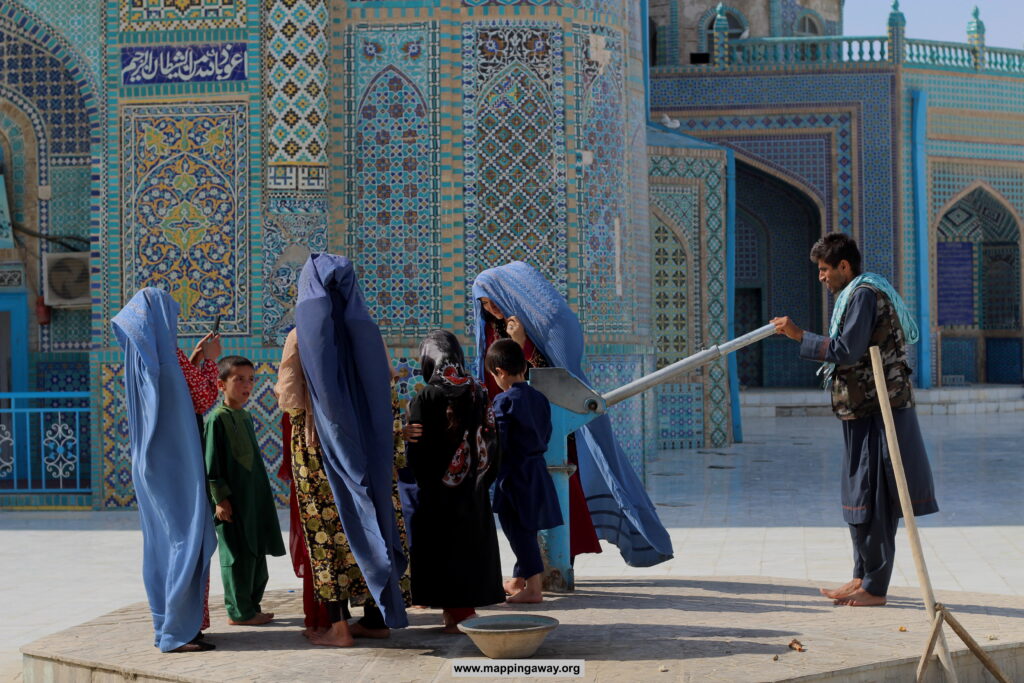
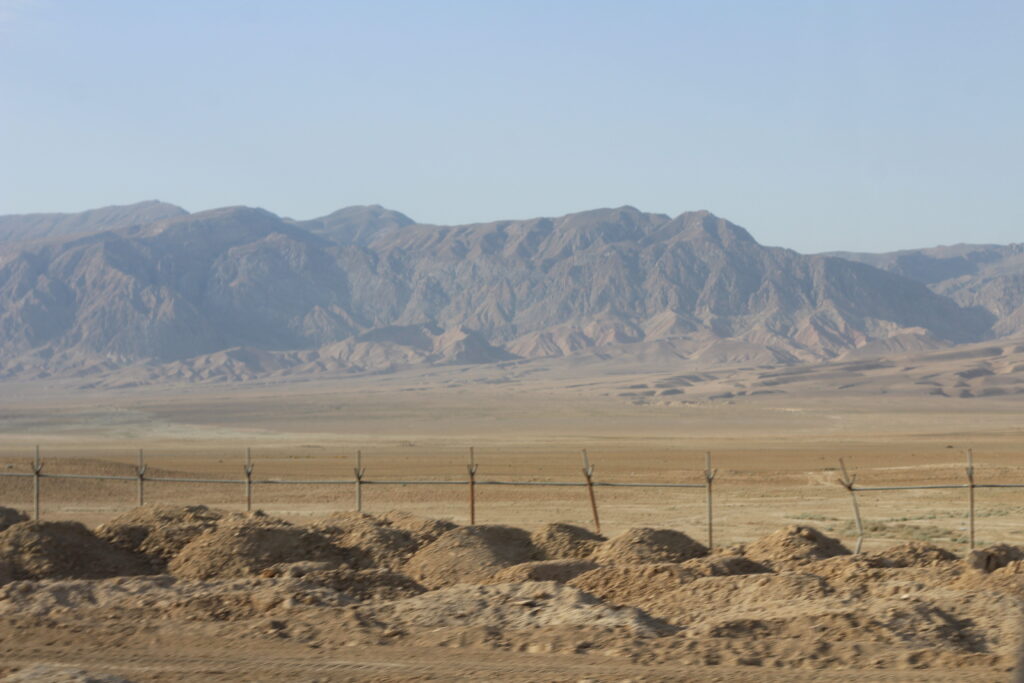
Shared Taxi from Kunduz to Mazar-i-Sharif
After a five-hour journey, passengers were eager to head home. A family of four occupied the trunk space. At one point, I glanced back and saw the mother’s face as she lifted her niqab. With her young toddler lying flat beside her legs, they quickly hopped into an auto rickshaw and vanished into the chaotic traffic.
The taxi driver promptly unloaded my backpack from the roof without a second thought. I didn’t care if it was dusty; my focus was locating my accommodation. During our drive, I built a friendship with a woman in her mid-50s and her son, an engineer in his 30s. We enjoyed breakfast and tea together. I thanked her for an invitation to stay at her home. However, I wanted to explore the city solo. I signaled that my hotel was in the direction of the Barat Hotel, then navigated through the traffic, making my way to the sidewalk outside the Blue Mosque’s metal fence.
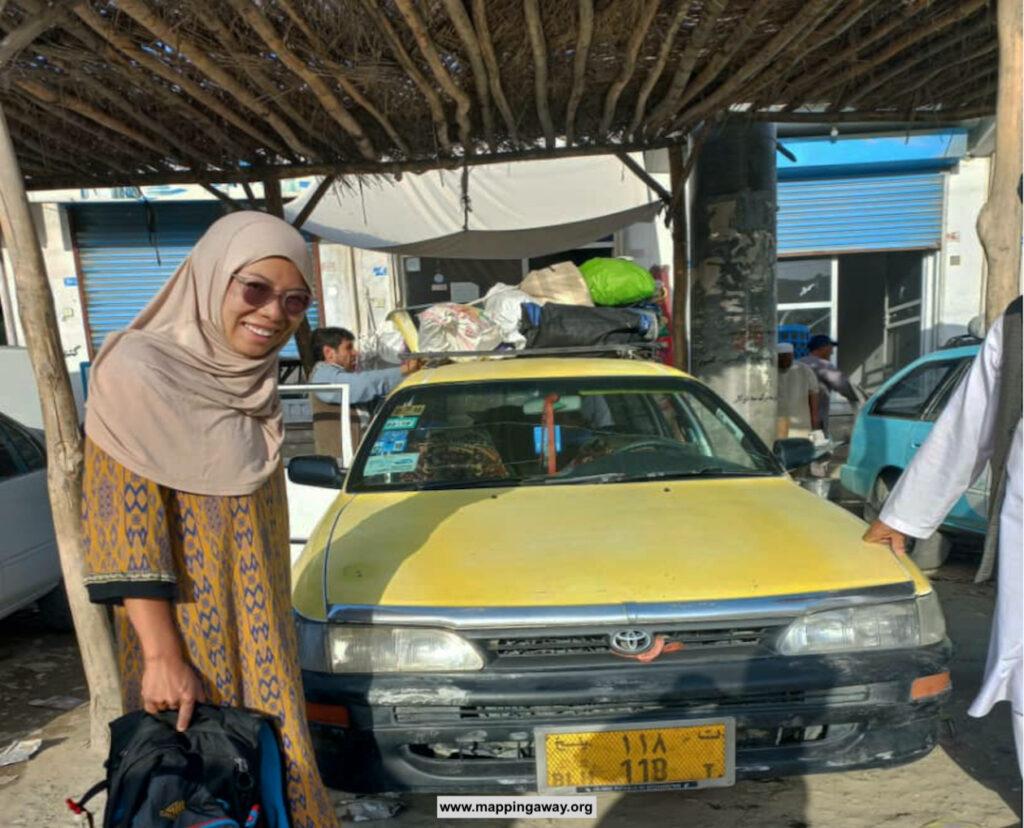
I took a deep breath and walked across the street, uncertain if my mustard color Tajik tunic and Turkish-style hijab were appropriate. As I strolled along the fence of the Blue Mosque, I glanced around while avoiding eye contact. Young women walked with friends, and customers were busy negotiating prices with vendors.
Before I left my previous hotel, I had loaded Google Maps with the streets around the Blue Mosque. I didn’t bother to get an Afghan SIM card. As I approached the Barat Hotel, the entrance looked different from the hotel I had booked. I walked into a gold jewelry shop a few doors down, and the owner kindly allowed me to use their Wi-Fi hotspot. Their friendly and helpful attitude calmed my nerves. They wrote the address on paper and pointed me in the right direction. It turned out that the hotel I had booked was in the opposite direction from the Barat Hotel. As I rode in the auto-rickshaw, we passed behind the main square, where shops selling metal goods, meat, and fruits bustled with locals.
Shared Taxi costs 650 Afghanis ($8.7) from Kunduz to Mazar. Hiring a taxi costs $40 – $50 one way.
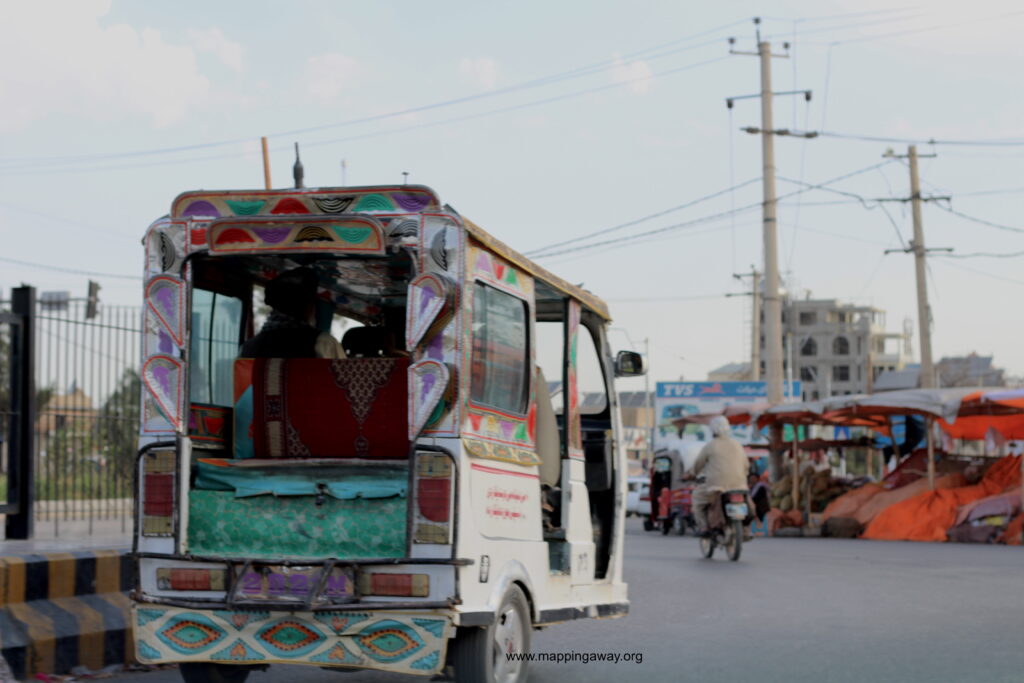
Ministry of Information and Culture Permits
The new policy requires foreigners to obtain permits when they travel from city to city. Importantly, it requires a permit to enter the Blue Mosque and all sightseeing places. As I was told, you do not need to obtain a permit to stay in the city but cannot visit the Blue Mosque. This permit serves the purpose of notifying officers that a foreigner is in the city, helping to avoid any potential issues.
The Ministry is located to the southwest of the Mosque on Shortaqzar Street. An old guard directed me to the office. Upon entering a small, air-conditioned office, I found four men engaged in conversation. The minister, a man in his fifties who studied in Russia during the occupation, speaks Russian. His colleague translated our discussion into English, and I shared stories about my travels in Afghanistan. They were quite easygoing.
The assistant then took me to the printing shop across from the Ministry for a visa printout. All permits are manually entered, printed, and signed. The last step is for the Minister to record all information in a large logbook. It took about 30 – 40 minutes to process the permit. When traveling to my next destination, I showed ministers the permits to inform them where I was traveling from.
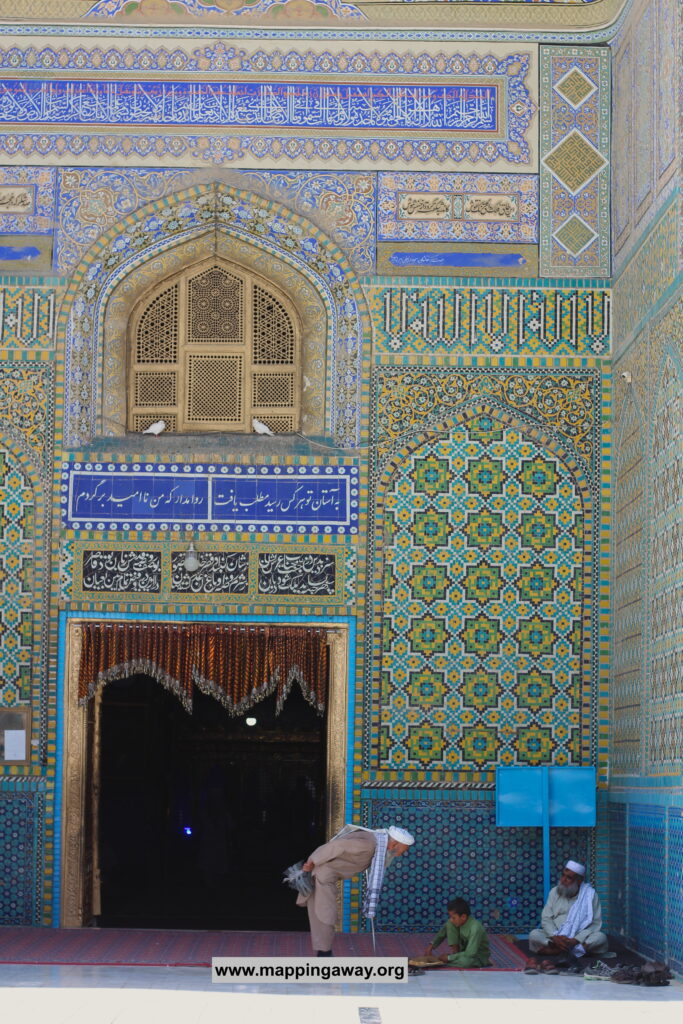
Blue Mosque of Ali
Under the hot sun, the blue geometric tiles glitter, and I wondered why the floor granites are cool to walk on as compared to some newly installed granites. When I entered through the West Gate, the guard told me to enter from the East Gate. In the East Gate, a woman guard searched my bag and she jokingly said:” Take me with you.”
Surrounded by green gardens and a water fountain, the Blue Mosque is a shrine hosting Calip Ali. The mosque complex hosts an archaeology office and the Taliban office. Since the shrine is closed to non-Muslims, I walked around the mosque several times, sitting at shady places to avoid the hot sun. Young boys approached selling bottled water. The professor at the Archaeology Office reminded me not to give money to the boys. When I said no, the boys were not pushy or harassing.
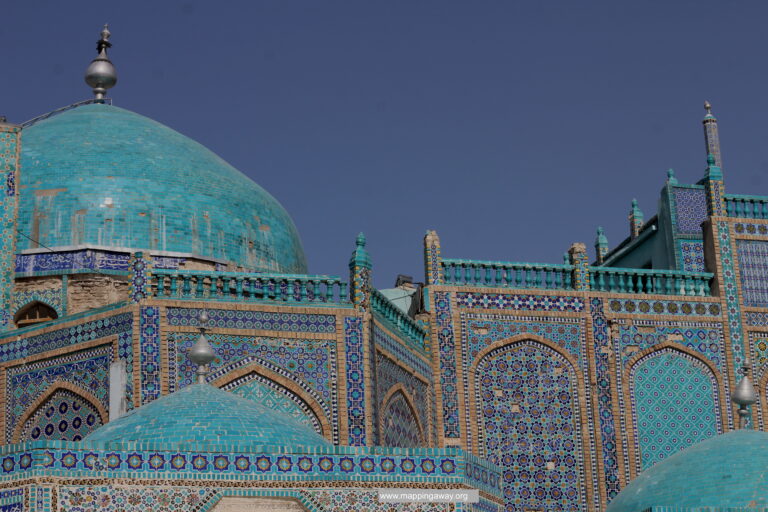

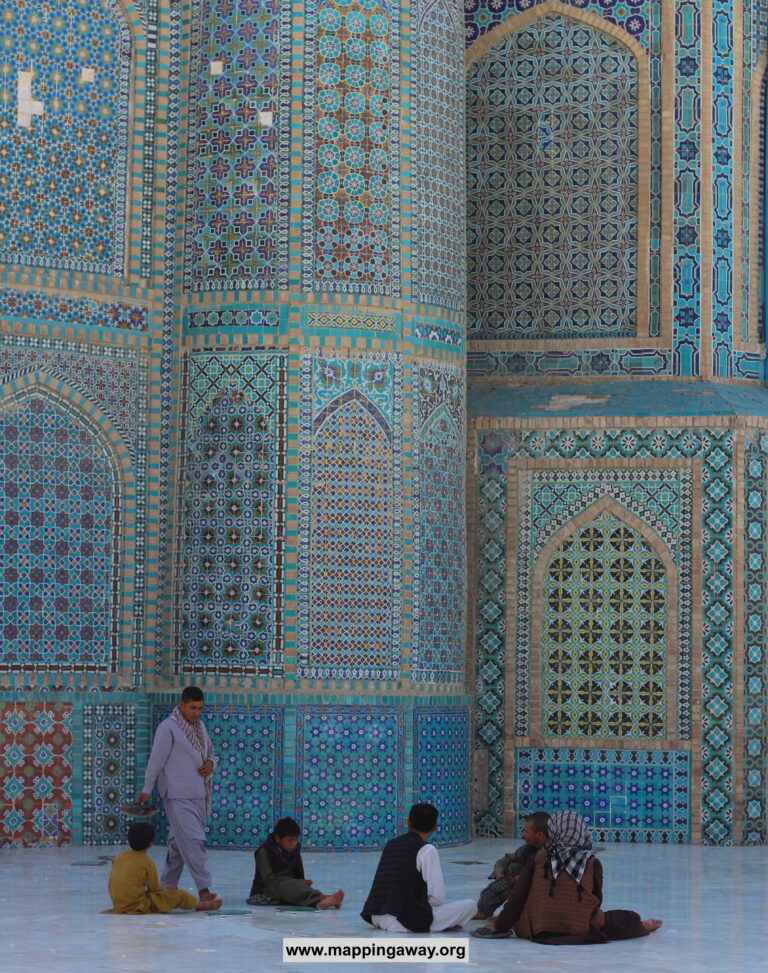
Shopping
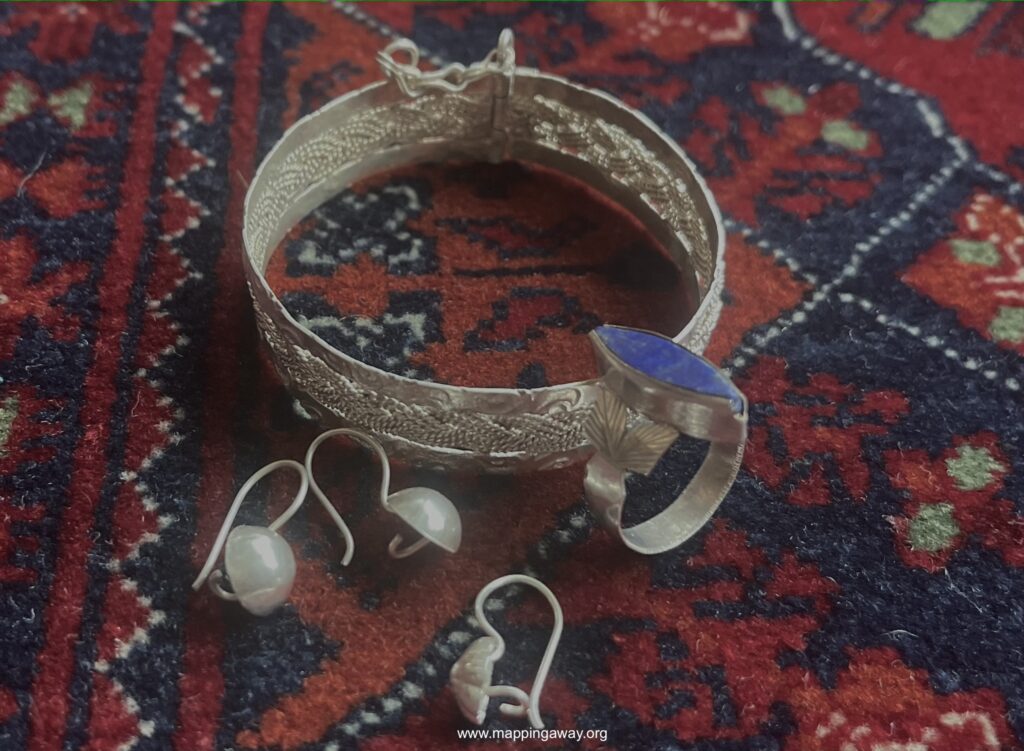
Martyr Masood Square is where to shop for jewelry and souvenir shops. Women artisans sell their handicrafts to these businessmen. The shop’s entrance is beautifully adorned with red and burgundy rugs and assorted handicrafts. I bought two pairs of silver earrings for $6 each. I assumed all the jewelry I bought was a mix of sterling silver and metal. I saw the chain in the bracelet is decoloring.
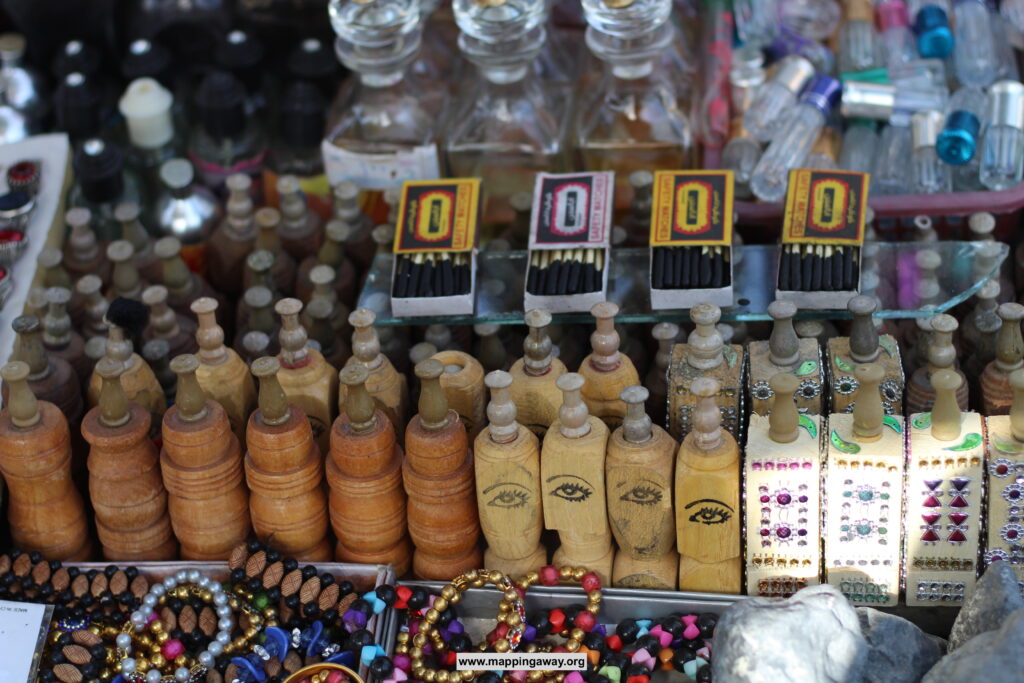
Rabia Balkhi Market: Women’s Space
This market was recommended by a travel agent when I asked about where to buy local handicrafts. It was initiated by UN-Habitate, established in 2011, and reconstructed and augurated in late 2024. This is a market created for women entrepreneurs who sell handicrafts, local food products, and daily commodities.
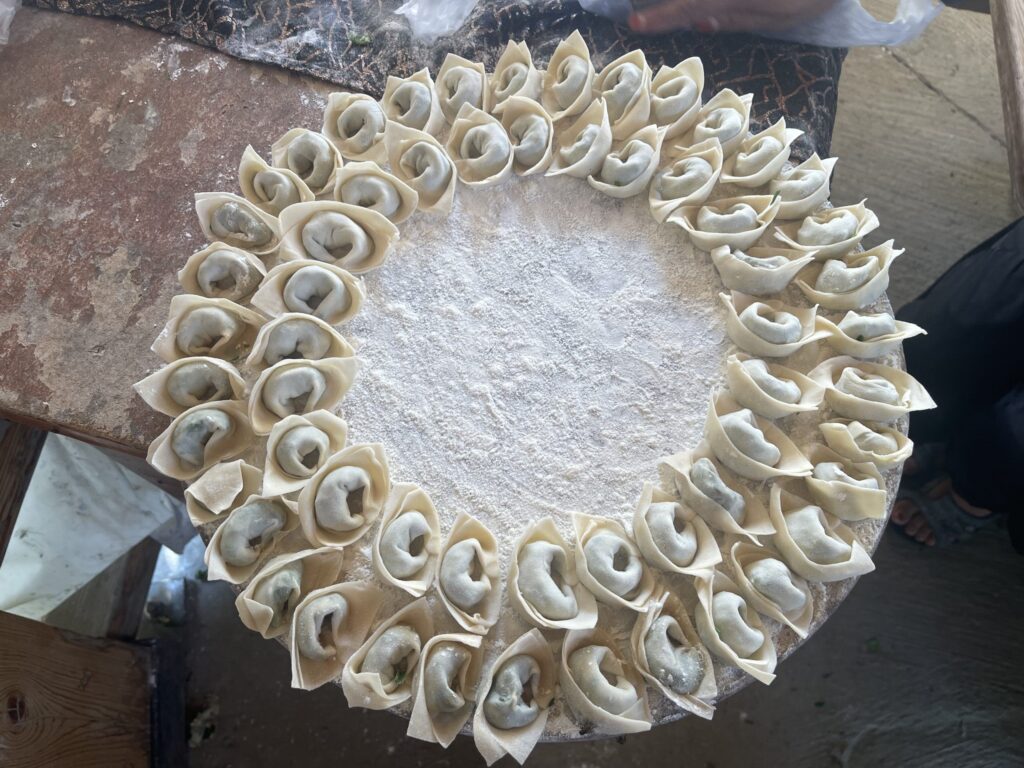
When to visit Mazar-i-Sharif?
Winter: November to March. It snows in Mazar.
Summer: June to August
Summer temperature could reach 40 Celsius. That means, from 12 PM to 3 PM is too hot to stroll the city, not to mention sightseeing.
Duration:
1 – 2 Day: City tour and visit Blue Mosque
2 -3 Days: City tour, Balkh old town, Samangan
Where to stay?
Various ranges of hotels around the city, such as the 5-star Kabul Star Hotel and Restaurant, and 2-star Zarafshan Hotel, and the Nawaie Guest House.
I stayed in Rahat Guesthouse, for $20 a night, about three blocks from the Blue Mosque. They have a clean room with aircon and a toilet with a hot shower. I sent the manager a text for a reservation (+93797111100). Although he did not reply, the next day when I showed up, luckily they had a room for me. I was served a tray of light snacks and tea. The hotel guard helped get me a taxi to Kunduz.
Join a Tour or Solo?
Let’s Be Friend Afghanistan offers $850 for three days from picking up and dropping off at the Shir Khan Bander border, to visiting Mazar, Balkh, and the Buddhist site in Samangan. The price covers accommodation, transportation, and food.
Being a solo traveler is a hassle to obtain a permit from the Ministry of Information and Tourism and arrange transportation if you travel to Balkh and Samanga.
If you plan to limit yourself to a city tour, I found it safe to explore different parts of the neighborhood, easy access to markets around the mosque, and restaurants are clean and reasonably priced. I believe the hotel can arrange transportation easily but not an English-speaking guide if that’s what you want.
Around Mazar-i-Sharif
Balkh: Ancient City
Balkh is an ancient city and center of Buddhism, Sufism, and Zoroastrianism. In Balkh, Haji Piyada Mosque, the Tomb of Rabia Balkhi, a semi-legendary figure of Persian literature, and Bala Hisar, the ancient citadel.
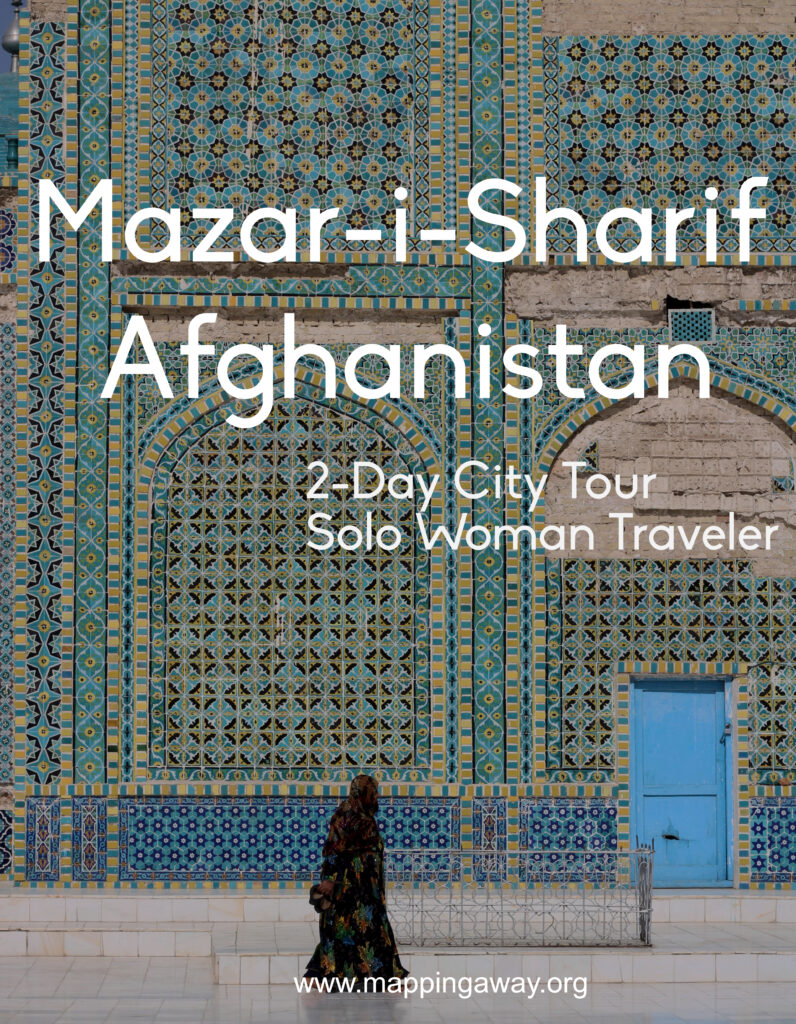
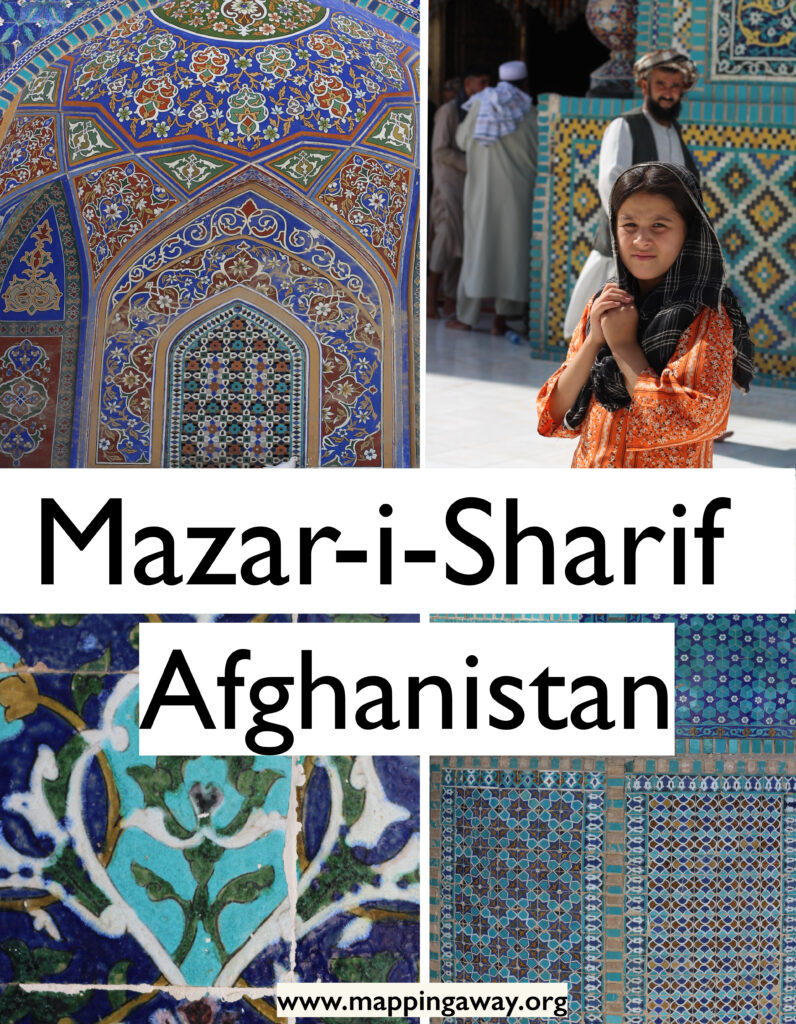
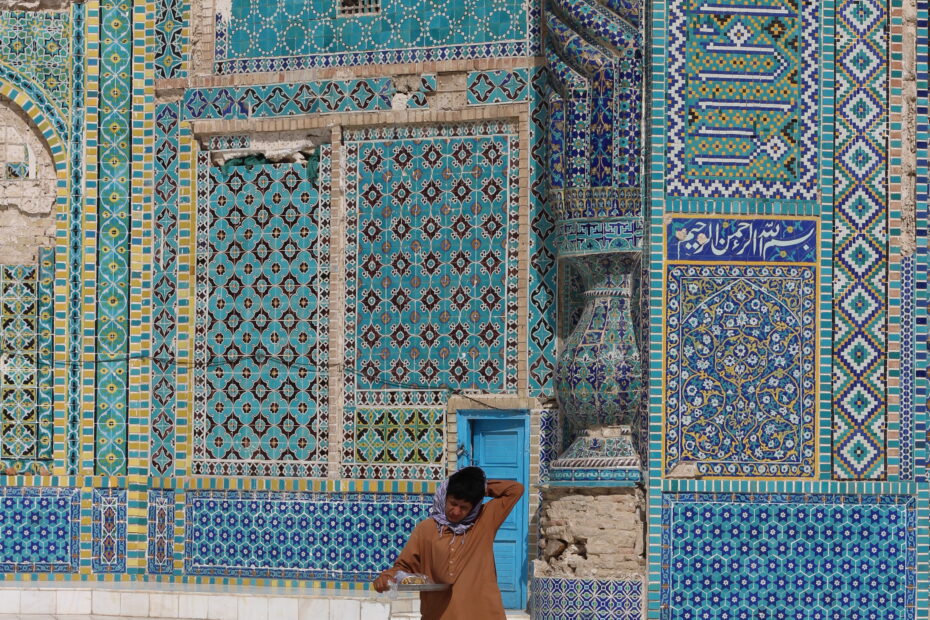
Pingback: 14-Day Itinerary to Wakhan Corridor, Afghanistan – Mapping Away